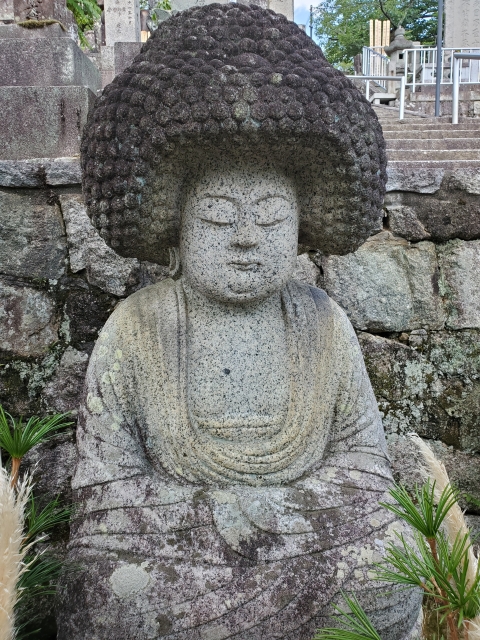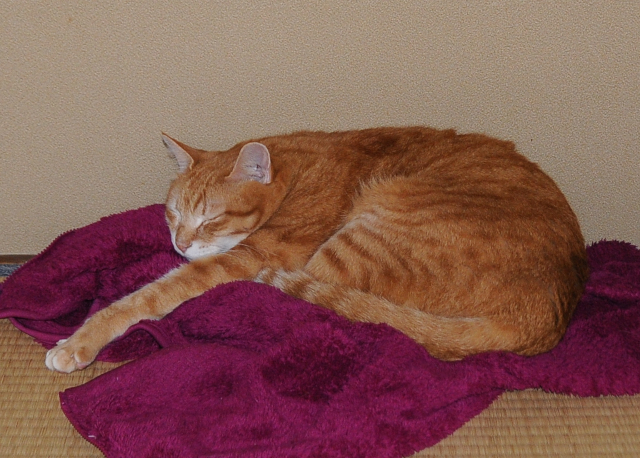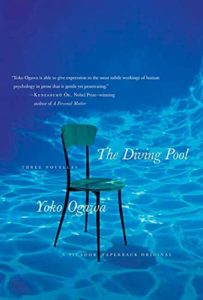As an Austrian, I am very much into coffee culture, and I don’t even drink coffee! The great thing about Austrian “Kaffeehäuser”, in particular those in Vienna, is that you can order a glass of water, grab one of the newspapers offered there for free and stay for hours without anyone bothering you further. While you can choose from dozens of different coffees, sweets, and often even small meals, the “consume or leave” attitude is considered rude.

I’m glad that Japan has embraced this idea of coffee culture. While it is uncommon to stay after dinner at a restaurant, and some of the fanciest bars allow you only an hour or two to get wasted, in a good café, they leave you alone.
I made a list of my favourite cafés for a coffee, ahem, a work break, before I moved. Sadly, the Mo-an on top of Yoshida hill has new owners who decided to go the lunch-only-with-reservation option. It’s all quite complicated now, and I haven’t been there since.
On the other hand, I have discovered the Very Berry Cafe on Kitashirakawa. It’s all about American food in a space that is reminiscent of Hawaii. I haven’t tried their lunch or dinner yet, but their smoothies and milkshakes – all in “American size” – are to die for. They also make 3D cakes for birthdays and have cookies and cakes for take out. A great place to meet friends, if not quiet enough to work.
However, my number one is still the café in the Ogaki bookshop. I go there regularly to write, and most other patrons do some work there too. There are students with thick textbooks doing their homework. People of all ages study languages, mostly English but even Chinese. Graphic artists create manga or anime on fancy tablets. And of course, people are just coming in with their latest purchase and start reading over a cup of coffee.
I go there so often that not only the staff knows me by now (and most of them are part-time students), but in turn I also recognize some of the other regulars. One of my former neighbours comes in the afternoon for a coffee and a newspaper read. The blind man and his grandson (I guess) who come here for lunch. The old man who is bent over almost double, so he walks very slowly, but his eyes light up when he takes out his brand-new books, which he caresses like a true lover. The boy who twirls his hair while he stares at his phone. Everything is relaxed and quiet, and you can stay as long as you like, even if you nurse your one cup of coffee and the glass of water it comes with, for hours.
It’s just like café culture in Austria, where a good “Kaffeehaus” can be your home away from home. This is what I feel when I go to a café or kissaten, as they are called here, in Japan. Isn’t it wonderful!






